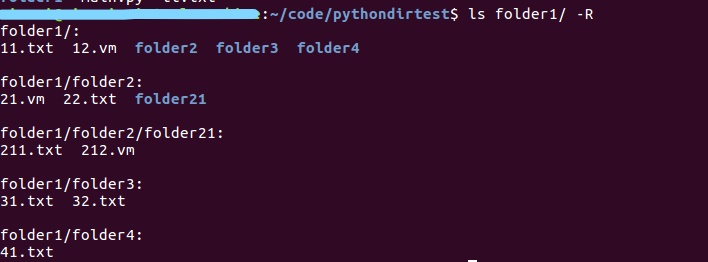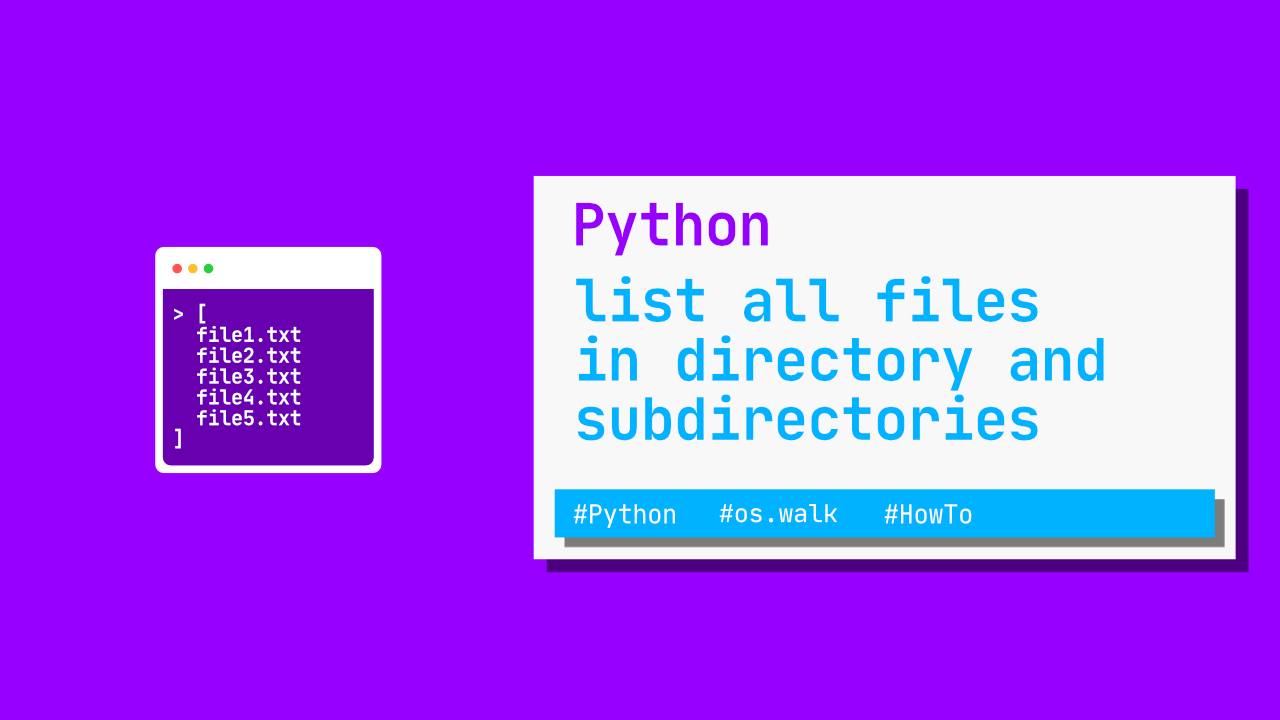

Sort the list of files based on last modification time using sorted () function. Using the filter () function and os.path.isfileIO (), select files only from the list. This method doesn’t search for the files in the subdirectories. Steps are as follows, Advertisements Get a list of all files & directories in the given directory using glob (). Syntax: os. If we don’t specify any directory, then a list of files and directories in the current working directory will be returned. Print(glob.glob(dir_to_search+"\\"+pattern)) os.listdir (): This method in python is used to get the list of all files and directories in the specified directory.

It will return a list of files matching the pattern. If you want to search for only specific types of files like. Method 4 - Using glob module for pattern matching

_, _, filenames = next(os.walk(dir_to_search)) import osįor (dirpath, dirnames, filenames) in os.walk(dir_to_search, topdown=True): ) I am trying to connect share folder using python but not able to connect bellow is my code: 1 2 3 4 5 from pathlib import Path datafolder Path ('//xx.xx.xx. You could also use os.walk() function which will generate the file names present in a directory by going through the directory tree, either top-down or bottom-up. 1 Jun-25-2020, 07:30 AM (This post was last modified: Jun-25-2020, 09:16 AM by Yoriz.
Python get files from directory code#
If you just want files, you could filter the above code down using os.path and isfile. The above code gets you every file and directory present in the path. # List everything in a different directory Using fnmatch with our standard filename extracting libraries, we can filter out those files matching a specific pattern.You can use os.listdir() to get you everything that is present in a directory (both files and directories). Note that this will only include files in the top-level. Using the ‘fnmatch’ libraryĪs the name suggests, fnmatch is a filename pattern matching library. To list all files in a directory in Python, you can use the os module and the listdir() method. Let us go through each of them one by one. There are multiple ways to filter out filenames matching a particular pattern. List Files in a Directory by Matching Patterns One thing to note here is that abspath() must be provided with the relative path of the file and that is the purpose of join() function. home/aprataksh/Documents/Journaldev/test.java home/aprataksh/Documents/Journaldev/blackjack_pygame.py home/aprataksh/Documents/Journaldev/super.cpp path os.path.abspath (input()) for storing size of each size 0 for storing the size of the largest file maxsize 0 for storing the path to the maxfile '' walking through the entire folder, for folder, subfolders, files in os.walk (path): for file in files: size os.stat (os.path.join ( folder, file )). home/aprataksh/Documents/Journaldev/lcm.cpp home/aprataksh/Documents/Journaldev/blackjack_terminal.py home/aprataksh/Documents/Journaldev/mastermind.py home/aprataksh/Documents/hi_lo_pygame.mp4 home/aprataksh/Documents/hi-lo_pygame.py os.walk() is the only one that reads the complete directory. Similar to the above procedure, glob can recursively visit each directory and extract all items and return them. os.listdir() is the simplest, but we need to do extra things to get the path or type (file/dir). The join() method is used to concatenate the file name with its parent directory, providing us with the relative path to the file.

Documents/Journaldev/blackjack_terminal.py Python now supports a number of APIs to list the directory contents. Try to interactively run the container by overriding the entry point and then manually running the entrypoint.sh script When interactively running the container you can quickly determine that your scripts are where you expect them to be.


 0 kommentar(er)
0 kommentar(er)
